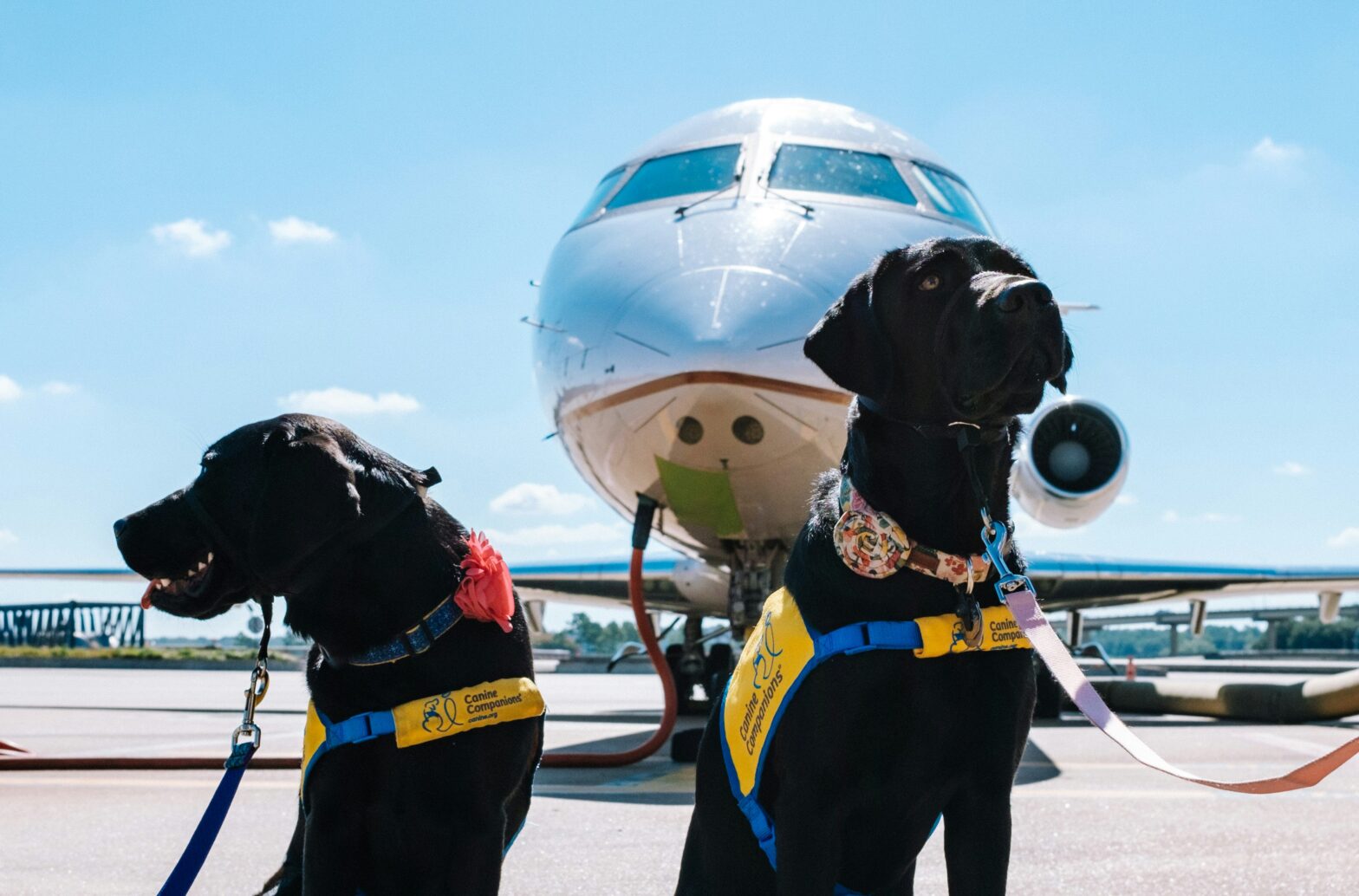Traveling with a furry friend can be anxiety-inducing due to the ever-changing rules for emotional support animals and airline pet policies.
Much of the process for travelers who want to take their dogs on their world adventures depends on the animal’s size and the particular airline. However, a recent update has led dog owners to jump through hoops to have their pampered pooches by their side.
Here is what dog parents should know about the rules for traveling with dogs that have already taken effect.
The New Rules For Canines On The Go

The Centers for Disease Control and Prevention (CDC) has recently released an updated dog importation process. These updated rules have simplified some aspects of traveling with dogs while complicating others. Despite the complications, the CDC has the public’s best interests in mind. To prevent the spread of disease in the U.S., the new requirements went into effect August 1.
The new rules reflect concerns about the reintroduction of rabies. There are new limitations on bringing dogs back to the U.S. from other countries, depending on whether travelers are coming from rabies-free, low-risk, or high-risk rabies countries. Regardless of the country, dogs must be over six months of age and have a microchip to enter the U.S. Additional documentation is required for dogs coming from high-risk countries. Dog owners must fill out a form upon arrival at the airport.
How The Rules For Traveling With Dogs Will Impact Travelers
If travelers are coming from one of the 100 countries that the CDC considers high risk, they will need to take extra precautions. This will mostly impact those who visit more rugged or rural destinations. The dog must be vaccinated against rabies, especially if it has been in a high-risk country in the last six months. Entering the U.S. will be more difficult if the dog has been vaccinated outside the country.
In such cases, the dog must enter the U.S. through a designated animal care facility. These facilities are located at six ports: Hartsfield-Jackson Atlanta International Airport, John F. Kennedy International Airport in New York City, Miami International Airport, Los Angeles International Airport, Philadelphia International Airport, and Washington Dulles International Airport. Additional precautions, such as a 28-day quarantine at a CDC center or passing a blood test, may apply for dogs from high-risk rabies countries.
These new rules align more closely with the World Organization for Animal Health’s standards. The updated standards aim to decrease the likelihood of fraudulent documentation and keep rabies numbers at bay.





